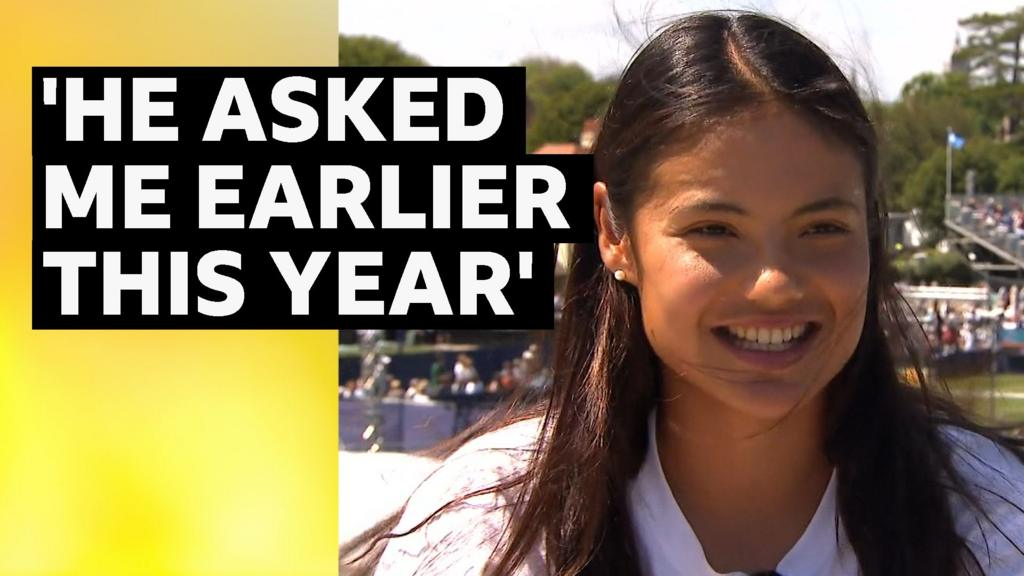interview: Dr. Sonja Cherry-Paul
Adapted from Clint Smith’s #1 New York Times bestselling and universally acclaimed How the Word Is Passed, this must-read narrative takes readers to historical sites across America, exploring the legacy of slavery to help readers make sense of our nation’s past and present, and be better stewards of their own future.
Beginning in his own hometown of New Orleans, Clint Smith leads young readers through an unforgettable tour of monuments and landmarks—those that are honest about the past and those that are not—offering an intergenerational story of how slavery has been central in shaping our nation’s collective history, and ourselves. Informed by scholarship and brought alive by the story of people living today, Clint Smith’s debut work of nonfiction is a landmark work of reflection and insight that offers a new understanding of the hopeful role that memory and history can play in understanding the United States.
SCROLL TO KEEP READING THIS POST
This critically acclaimed book has been adapted for young readers by Dr. Sonja Cherry-Paul You probably recognize her name from her adaptation of Stamped (for Kids) or her recent Antiracist Reading Guide. She leads professional development with educators around the world spotlighting the relationship between teaching, literacy, and equity. She is the founder of Red Clay Educators and cofounder of the Institute for Racial Equity in Literacy.
SCROLL TO KEEP READING THIS POST
I think her work adapting How the Word is Passed is an important contribution to youth literature. I wanted to provide the opportunity for my readers to learn a more about what she’s done here, so I reached out for an interview. She was able to take to answer to answer a few questions.
Thank you for this invitation!
I didn’t love history at all when I was a student. Not in middle school or high school. History only ever seemed to be about the accomplishments of dead white men and the wars they started. The more that I read outside of school as a young adult, the more I understood that what I’d learned in school was problematic, fractured versions of truth. So when I started teaching young people as a middle school educator, I knew I wanted to do something about that. Alongside my students, we did the work of text deconstruction, relearning, dismantling the mythmaking we’d been fed in our schooling, and reconstructing history by reading texts that provided full, unsettling truths about the history of this country. That’s when I started to love history. When it was real, raw, and helped me and my students understand all that has led to the present.
When I adapted Stamped (For Kids) I already had a roadmap for how this could go for younger readers because of Jason Reynold’s adaptation for a YA audience. So my work was about maintaining the critical points of the book, thinking about what I hoped young readers would carry with them as they read, and finding places to add my own voice while maintaining Jason’s and Dr. Ibram Kendi’s.
Adapting How The Word Is Passed was different. Unlike with Stamped (For Kids), I didn’t have a roadmap to follow. Also HTWIP is memoir. It’s Clint’s journey of unearthing histories that have been buried, alongside his own observations and feelings encountering these narratives in the present moment. It’s Clint’s reckoning with how the nation reckons with these histories, his processing of how we, collectively, remember these histories and how this shapes our past, present and future. I needed to maintain all of this in the adaptation.
This was definitely an exercise in structure. Changes weren’t just a matter of word count and vocabulary. I thought about length and lexicon levels and addressed this of course, but I also needed to consider content that might be too graphic for younger readers, passages that could be too dense and might bog readers down, places where young readers might feel overwhelmed. I considered where structures like a list or an image or a map could give younger readers a visual break as well as help them develop additional reading skills. And I’ve opened each of the chapters with a quote that can serve as an anchor for students — a quick preview of what they will encounter as they read.
When adapting for younger readers it’s important and can be tricky to balance these two things: Holding true to the power and purpose of the text and reconciling with the fact that everything from the original manuscript can’t go into the adaptation. The original text will still be there for young people to read when they’re ready.
The first time I read How The Word Is Passed, I was struck by the beauty of Clint’s writing along with the hard truths he was exposing. By the time I finished reading it, I thought about how important it would be for it to be adapted for younger readers. So I’m honored that Clint trusted me with this work. Adapting the book definitely allowed me to see Clint’s intentions more clearly including helping us recognize how we’ve been socialized into myths about slavery and the history of the United States, the ways false narratives have permeated all aspects of society, and how this informs the way we see ourselves and each other.
The process took me to several places, emotionally. I navigated through the cumulative weight of antiBlackness and pain. I also fellowshipped in the space of Black resiliency and resistance. I hope this book takes young readers to a place of hope, understanding that when we confront the carefully constructed myths about the country, consider who benefits from this and who is harmed, when we are finally able to dismantle this legacy of lies, we can heal and be fully free.
A literary love playlist I’d recommend to readers includes books that enable them to understand Blackness as beauty, power, community, perseverance, hope, imagination, and light. A few that come to mind include:
Filed under: Interviews










:max_bytes(150000):strip_icc()/GettyImages-2162413734_social-9cb3942b8b4748d4acc3586e9b1f190d.jpg)

